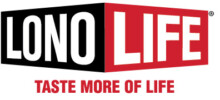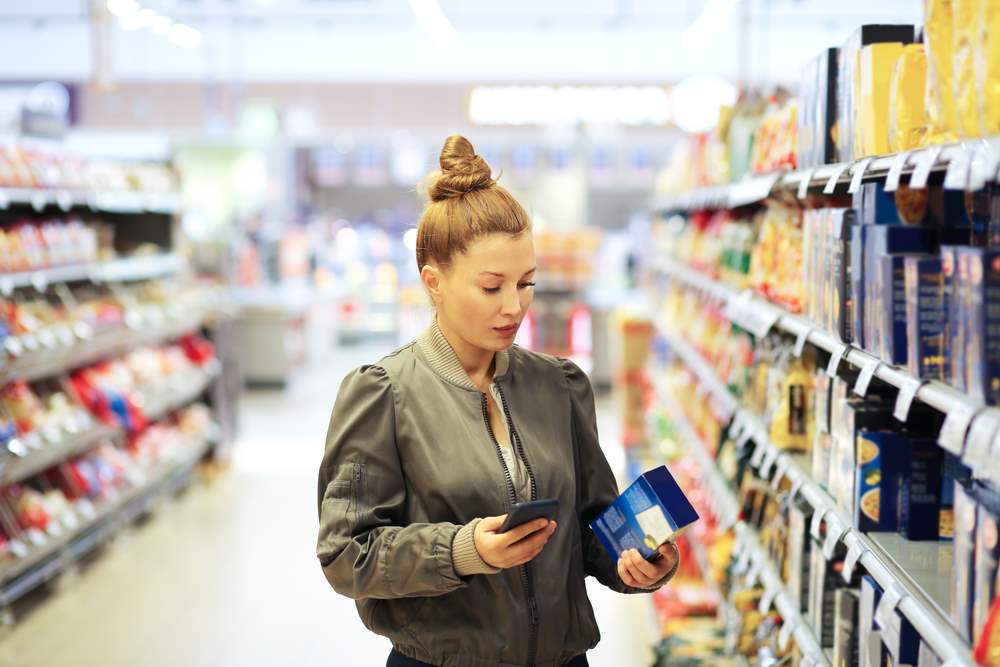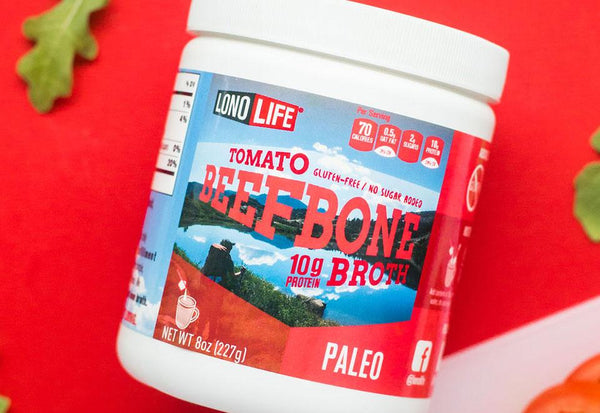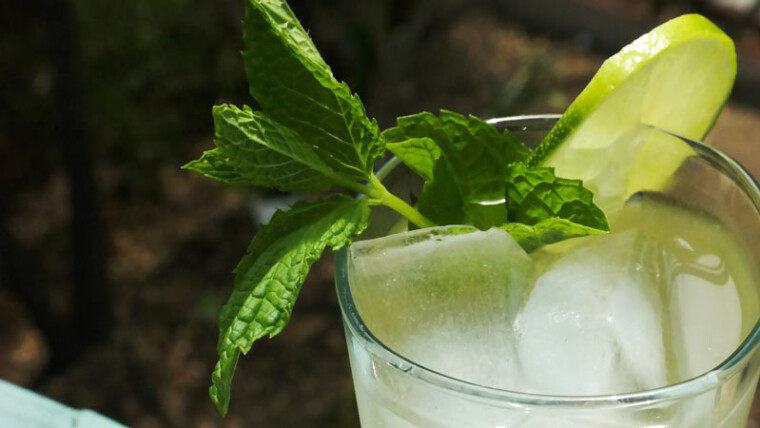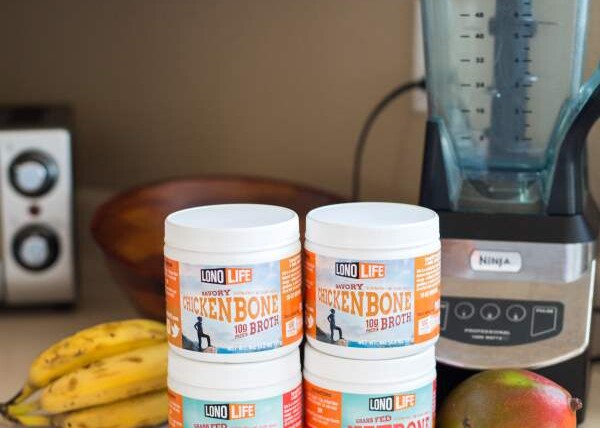Yeast Extract And MSG Are NOT The Same Thing: We Explain The Difference Here
Being a food company, we get a lot of questions about ingredients. Believe us — that’s a good thing! Food is fuel, and we should all be educated on what we are putting into our bodies so we can run on all cylinders, and we love that our customers are asking the right questions. We thought we’d dig more deeply into one of the more common questions we get asked:
“What is yeast extract, and is it the same thing as monosodium glutamate (MSG)?”
Let’s start with the simple, most important answer first. NO, yeast extract and MSG are not the same thing. Read on to find out more.
WHAT IS MONOSODIUM GLUTAMATE (MSG)?
MSG is a flavor enhancer commonly added to Chinese food, canned vegetables, soups, and processed meats. It is the sodium salt of glutamic acid. Glutamic acid is a common amino acid that occurs naturally in certain foods such as seaweed, cheese, meats, tomatoes and dried mushrooms, and it’s what makes those foods taste so good. To create MSG you isolate the glutamic acid and stabilize it with salt, which turns the glutamic acid into a crystal that can be added to food. Rather than acting as a flavor in itself, MSG acts as a flavor enhancer, and is synthetically derived and highly concentrated.
The FDA has listed MSG as “generally recognized as safe,” but there are many people who claim they experience adverse reactions when they consume it. As the Mayo Clinic explains, commonly reported reactions to MSG include headache, flushing, sweating, palpitations, chest pain, nausea, weakness, facial pressure, and numbness or tingling in the face, neck or other areas.
Because MSG has to be listed as an ingredient on products, the best way to avoid any negative symptoms if you are hypersensitive to it is simply to check labels and avoid it.
LonoLife products will never use MSG as an ingredient.
WHAT IS YEAST EXTRACT?
Yeast extract is used to add flavor to foods, similar to a spice. Autolyzed yeast and hydrolyzed proteins, among other ingredients, are completely natural ingredients that contain naturally occurring glutamates (but nowhere near the concentration found in MSG.) To produce yeast extract, the cell content of fresh yeast (the same thing used to make bread and beer) is broken down by the yeast’s own enzymes and the cell wall is removed, creating flavorful elements. The flavor we are referring to is called Umami, often referred to as the “fifth taste” (the other four being sweet, salty, sour, bitter). Umami is a hard-to-describe taste that some say has a meaty flavor (even though there is no meat extract) and others describe as a rich, back-of-the-mouth deliciousness. No matter how you experience umami, yeast extract is one way to bring that flavor to food which is why we use it as a natural flavor in some LonoLife products.
To read more about this topic, check out this article from WholeFoods. And, as always, our team is always standing by to answer any questions you have about our products, whether it’s our bone broth, collagen peptides, or protein coffee.
__________________________________________________________________
Please note: a small subset of people are sensitive to even the smallest amounts of glutamate, and should always check labels. This article refers to the key differences between MSG and yeast extract and doesn’t serve as nutritional or medical advice.
